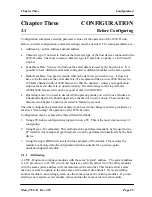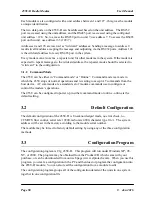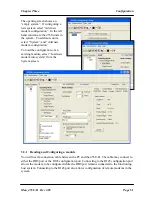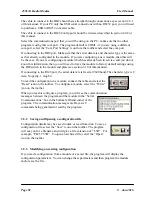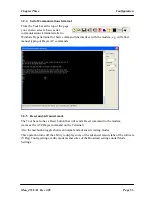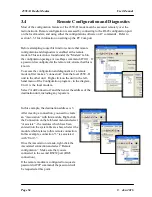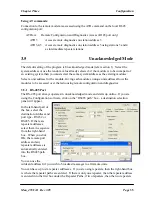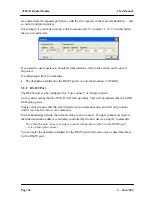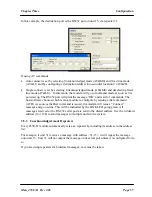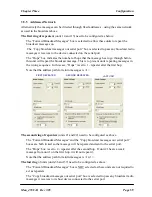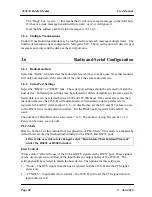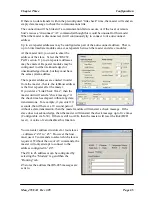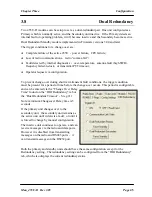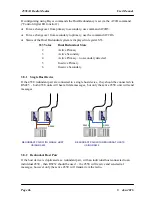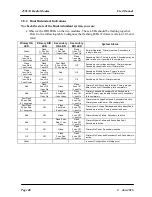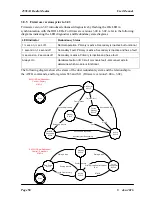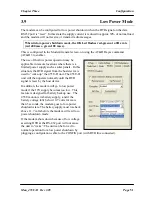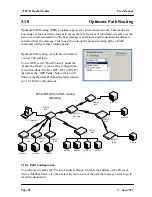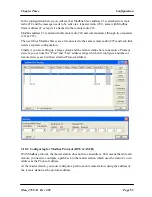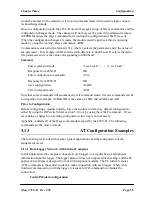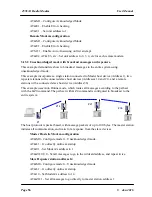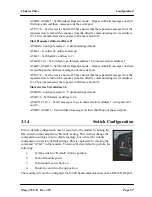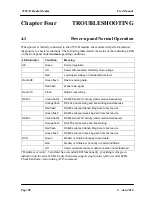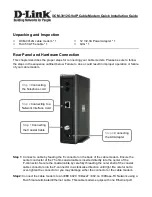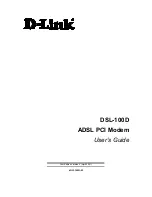
Chapter Three
Configuration
Man_455U-D Rev 3.05
Page
43
If there is no data transfer within the preconfigured “link check” time, the master will send an
empty data message to check the communications link.
The connection will be broken if a communication failure occurs, or if the local or remote
host’s issues a “disconnect” AT command (although this would be unusual for this mode).
When the master is disconnected, it will continuously try to connect to its auto-connect
address.
Up to six repeater addresses may be configured as part of the auto-connect address. That is,
up to 6 intermediate modules can act as repeaters between the master and slave modules.
At the master unit, you need to enter the
address of the slave. Select the “RS232
Path” section. Up to six repeater addresses
may be entered. Repeater modules may be
configured in either Acknowledged or
unacknowledged mode, but they must have
the same system address.
The repeater addresses are entered in order
from the master - that is, the leftmost address
is the first repeater after the master.
If you enter a “Link Check Time”, then the
master unit will send a “check message” if
the check time has elapsed without any data
transmissions. For example, if you enter 10
seconds, then if there is a 10 second period
without a data transmission, then the master module will transmit a check message. If the
slave does not acknowledge, then the master will transmit the check message up to five times
(Configurable via S-30). If there is still no ACK, then the master will reset the link (DCD
reset). A value of zero disables this function.
You can enter address structures for four slaves
– addresses “Z0” to “Z3”. However the host
must use AT commands to select which slave is
required. Without the use of AT commands, the
master will only attempt to connect to the
address configured in “Z0”.
The Z0 to Z3 addresses can be configured by
selecting the “Modem” tag and then the
“Routing” tab.
Z3 stores the address that RS-485 messages are
sent to.

